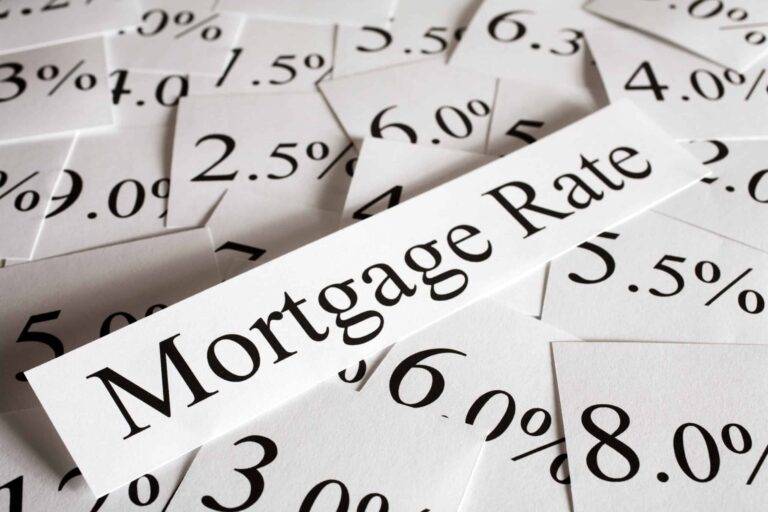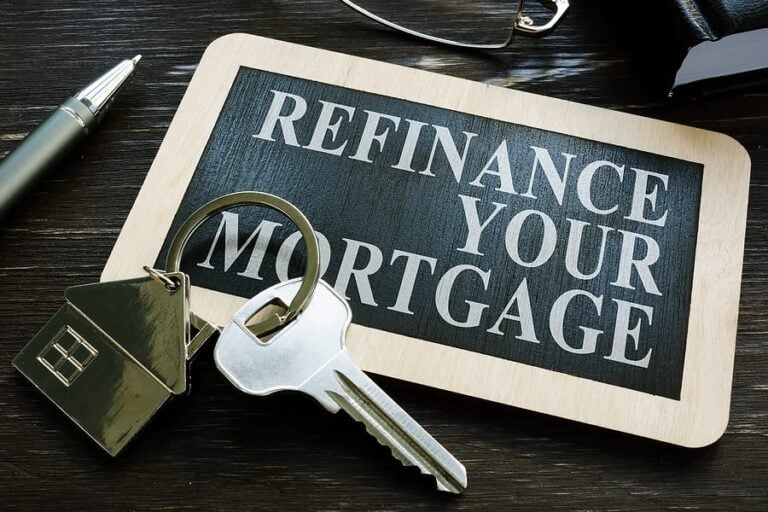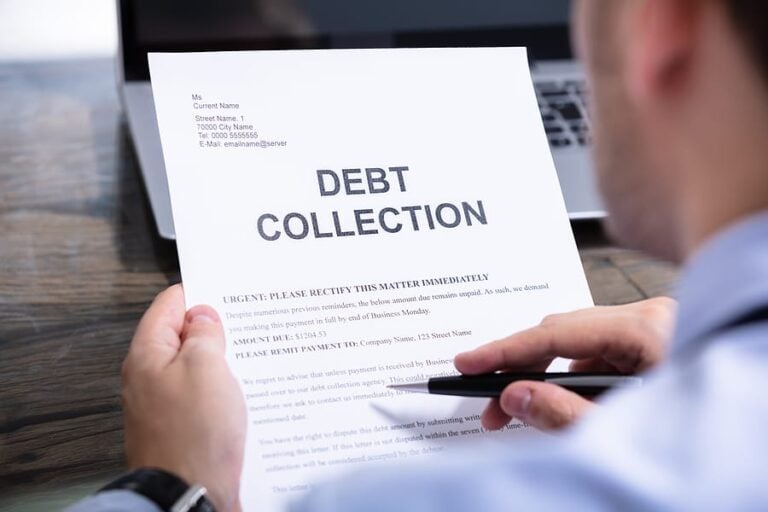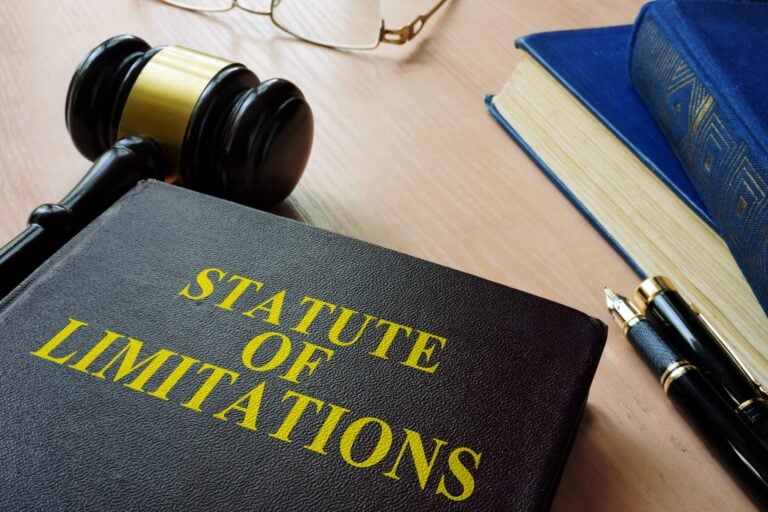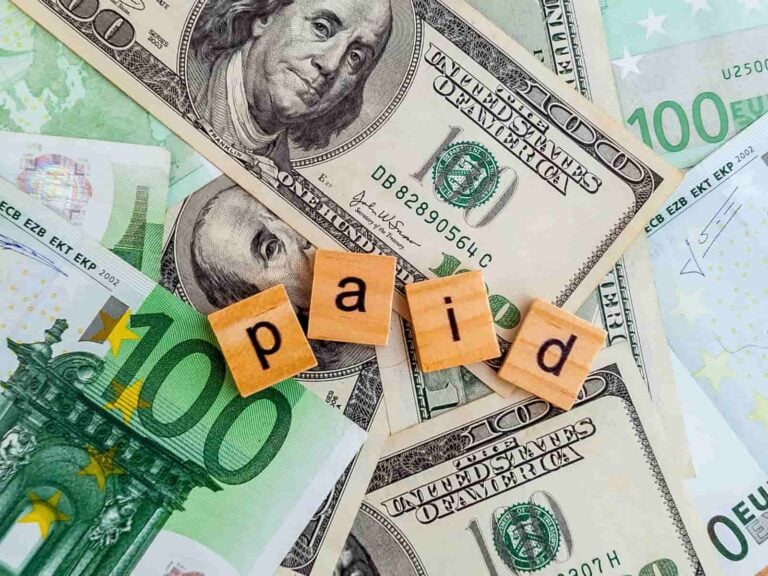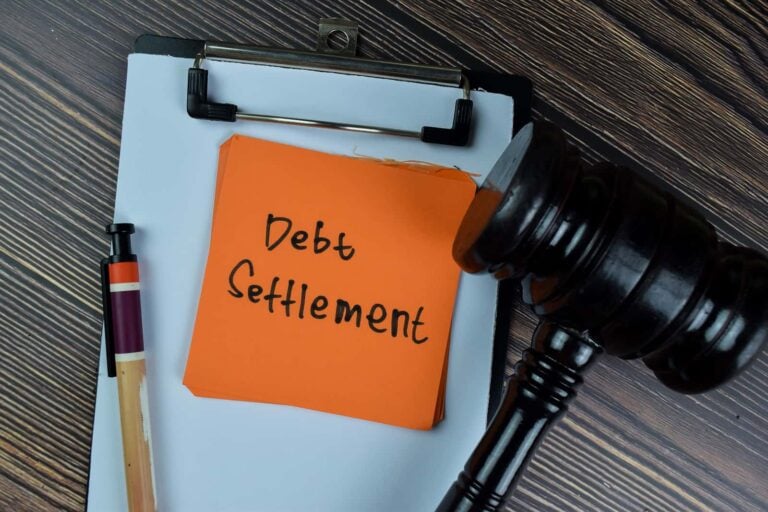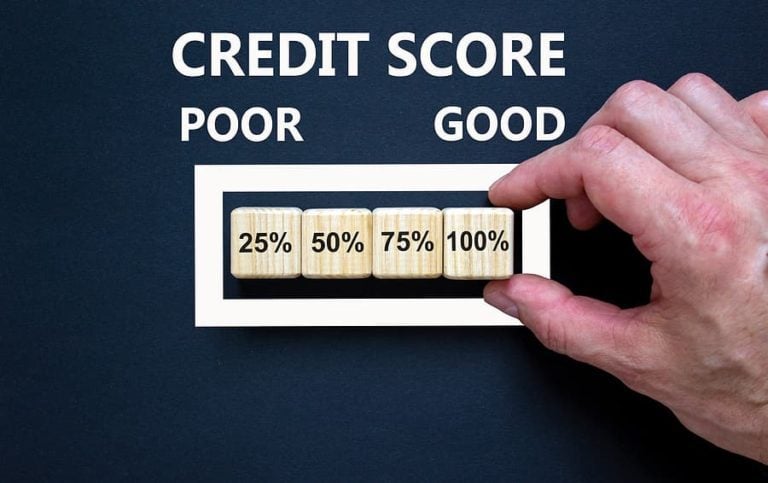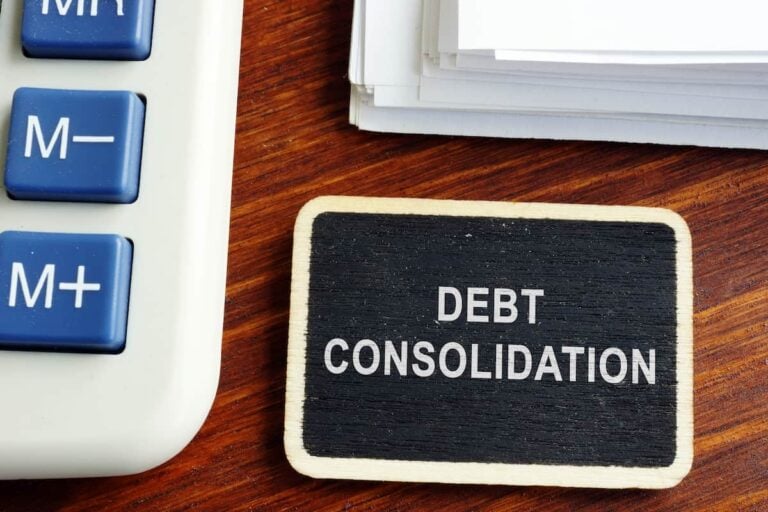Is all debt the same? While in a very simplistic sense, the answer could be yes – since we’re borrowing from the future in order to have increased access to cash in the present, and that borrowing comes with an IOU – an obligation to pay the borrowed funds back.
However, some types of debt are worse than others – and the consequences that they can create can skew toward the positive or the negative. Indeed, debt can be a major cause of stress – and the average level of household debt as of November 2020 approached $145,000.
This figure includes mortgages, credit card debt, personal installment loans, and other types of debt. So, what types of debt should be avoided? Some debt is more harmful than others. Learn the difference between good debt vs. bad debt.
Types of Debt to Avoid
How can we differentiate between good debt and bad debt? The general rule is that if a debt can potentially increase your net worth or if it somehow represents a form of future value, then it is good debt. However, if the opposite is true and you simply lack the cash to pay for what you are acquiring with borrowed funds, that debt is an example of bad debt.
When we examine which types of debt to avoid, we’re not necessarily talking about mortgages, debt consolidation loans, small business loans or student loans. The reason why these are not types of debt to avoid is because they each aid in either leveraging wealth or managing interest expense on pre-existing debt, or represent an investment in one’s future earnings potential. In other words, these types of debt offer long-term benefits even though they initially place the borrower deeper in debt.
So, what types of debt are to be avoided? Think in terms of depreciating assets – anything that decreases in value after you purchase it with debt is a bad debt. This implies that an auto loan – especially for a new car that immediately decreases in value after it is driven off the lot – is a type of bad debt. While pre-owned vehicles sometimes lack the luster and cache of a shiny new car, the fact is that a properly inspected, well functioning pre-owned vehicle represents a much better value for the money – especially when taking down additional debt is involved.
It just doesn’t make good financial sense to buy a new automobile with debt. The general rule for depreciating assets is, if you can’t pay for it in cash, don’t buy it with debt. Ditto for purchases made with high-interest rate credit card debt – especially for high-end clothing, electronics, appliances and home fitness equipment that generally offer only limited resale value.
Types of Bad Debts
High interest rate credit card debt is an insidious killer of financial well-being and should be guarded against very carefully. A small amount of credit card debt isn’t terrible – in fact it can be a good thing when it comes to building a solid track record of responsible repayment that can help develop a healthy credit score and profile.
The key with credit card debt is personal responsibility – remaining disciplined to not spend excessively and to quickly pay off balances in full well before interest expense gets a chance to play much of a role in one’s personal finances. Because when things get out of hand, high interest rate revolving credit card debt can impede a lifestyle – especially when minimum monthly payments become too great of a percentage of discretionary monthly cash flow.
Worse still, making only minimum monthly payments creates an almost indefinite period of repayment – a balance that could have taken only months to repay turns into a balance that takes years to repay.
Finally, no discussion of types of bad debt would be complete without discussing payday loans. Payday loans are low denomination, short-term unsecured loans that come with high interest rates and demand a quick payback. The “payday” in the name implies that the loan comes due on the same day that the borrower is to receive his or her next paycheck.
The typical size of a payday loan ranges from $375-500, with a duration generally of only two to four weeks. Principal and interest are paid back all at once – there are no installments. Interest rates on payday loans are high – typically 15% or more – and this is for a very short term loan and therefore does not represent the true annual percentage rate.
For example, a $500 payday loan may come due with a total required payment of $575 inside of four weeks or less. Annualize this interest expense over a full year, and the APR on a typical payday loan can exceed 200-300%! If that doesn’t qualify as a type of bad debt, it’s hard to say what would. Avoid payday loans at all costs!
Contact United Debt Settlement to learn more about Loan and Payment Relief Options During COVID-19. Give us a call at (888-574-5454) or fill out our online contact form.
About the Author: Steven Brachman
Steven Brachman is the lead content provider for UnitedSettlement.com. A graduate of the University of Michigan with a B.A. in Economics, Steven spent several years as a registered representative in the securities industry before moving on to equity research and trading. He is also an experienced test-prep professional and admissions consultant to aspiring graduate business school students. In his spare time, Steven enjoys writing, reading, travel, music and fantasy sports.

Gabriel Gorelik paves the way for customer service and operations at United Settlement. He is passionate about numbers and holds a strong belief in helping anyone with their debt. Before United Settlement, Gabriel received his BS in Finance & Economics from Brooklyn College. After graduation, Gabriel went on to build his first financial services company where he managed thousands of accounts for business and consumer clients. He understands the importance of client satisfaction, professionalism, and exceeding expectations.

